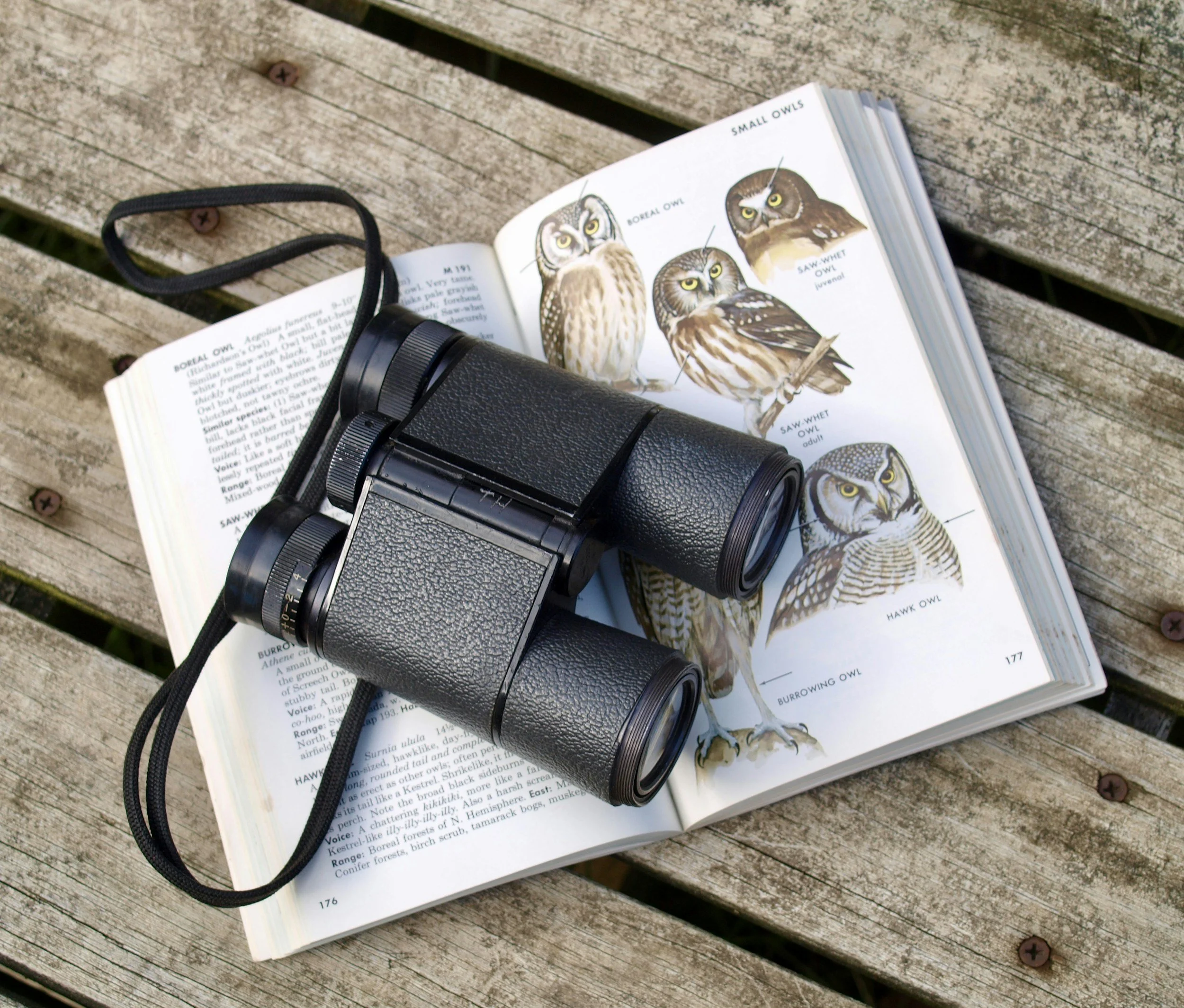Join the Wild Side
You don’t need a biology degree, fancy equipment, or a career in science to make a real difference for wildlife. All you need is curiosity, a willingness to learn, and a bit of time. Citizen science—also known as community or participatory science—is a powerful way for everyday people to contribute to real scientific research and conservation efforts.
Whether you're watching birds in your backyard, photographing insects on a walk, or monitoring frogs in a nearby pond, your observations can help researchers understand trends in biodiversity, track climate change, fight invasive species, and protect vulnerable habitats.
What Is Citizen Science?
Citizen science is the practice of public volunteers collecting and submitting data for scientific research projects. It's used in many fields—especially wildlife monitoring, environmental studies, astronomy, and public health. Scientists benefit from the extra eyes and ears in the field, while you get to learn, explore, and be part of something bigger.
Anyone can be a citizen scientist. You just need to follow the project’s guidelines and record your observations accurately. Some projects require just a smartphone and a bit of time outdoors. Others offer online activities if you prefer to help from home.
Why It Matters
Tracks Environmental Change: With thousands of people contributing observations, scientists can detect long-term patterns in wildlife health, migration, flowering times, and more.
Protects Species: Your data can help identify species in decline, locate critical habitats, or monitor the success of conservation efforts.
Supports Real Research: Citizen-collected data is used in published studies and policy decisions.
Connects You with Nature: You’ll develop a deeper understanding of local ecosystems and the wild neighbors around you.
Popular Citizen Science Projects
Below is a list of accessible, well-established citizen science platforms and groups, many of which are free to join and welcome new participants year-round.
Mammals
eMammal: Use motion-activated trail cameras to collect data on mammals in your region. After uploading, scientists verify your footage and include it in biodiversity studies. Some programs are regional and often run through local parks or schools.
Birds
eBird (Cornell Lab of Ornithology): Submit bird sightings from anywhere in the world. Great for beginners and experts alike.
Project FeederWatch: Track birds at your feeder during winter to help scientists understand migration and population trends.
Audubon’s Christmas Bird Count: Join a local count circle in December and help gather the longest-running bird population data set.
Insects
Bumble Bee Watch: Report bumblebee sightings and contribute to understanding declining pollinator populations.
Monarch Watch: Track monarch butterflies and milkweed plants, and help tag butterflies during their fall migration.
Amphibians and Reptiles
FrogWatch USA: Learn to identify frog calls and record observations to monitor the health of wetland ecosystems.
HerpMapper: Report sightings of reptiles and amphibians from your hikes or yard to assist in conservation planning.
Plants and Animals
iNaturalist: Photograph any plant, animal, or fungus and upload it to this global biodiversity database. The app helps identify species and shares your observations with scientists.
Zooniverse (Michigan ZoomIN): Help researchers identify animals and plants across the globe. No experience needed—just an internet connection and a sharp eye.
Nature’s Notebook (USA National Phenology Network): Record the timing of natural events like flowering, leaf-out, and fruiting. Your observations of help track climate change impacts.
Budburst: Focused on plant phenology and pollinator interactions. Great for schools and educators too.
Tips for Getting Started
Choose a Project That Interests You: Start with something you're passionate about—birds, bugs, plants, frogs, or even fungi.
Get the Right Tools: Many projects use free apps. Binoculars, notebooks, cameras, or field guides can enhance your experience but aren't required.
Learn Before You Log: Take time to read the project’s training materials and guidelines. Many offer free webinars, videos, and community forums.
Be Consistent (If You Can): Regular observations help researchers spot trends. Even once a week can make a big difference.
Respect Wildlife and Habitats: Keep a safe distance, avoid disturbing animals, and follow ethical observation practices.
Share and Inspire: Encourage friends, family, or local schools to get involved. Citizen science is more fun when shared.
Science Needs You
Scientists can't be everywhere at once—but with your help, they can be almost everywhere. Whether you're exploring a city park, backyard, hiking trail, or wetland, your contributions can support vital conservation efforts and deepen your connection to the natural world.
Citizen science is not just about collecting data. It's about becoming a steward of the land, a voice for wildlife, and a partner in protecting the planet.


